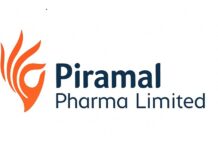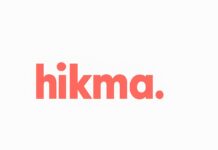More than 150,000 Australians and 50 million people across the world are affected by epilepsy, with almost one-third finding it challenging to control the condition with the anti-seizure medications that are currently in use. The patients with such drug-resistant epilepsy happen to have high rates of disability as well as mental health and thinking challenges, besides having worrisome injury and death rates as well.
It is now the first time that a new drug has been explored, which happens to be potentially the first curative drug for epilepsy in patients who have shown resistance to the current anti-seizure medications.
All the currently available medications that are used to treat people with epilepsy are symptomatic, reducing seizure frequency in less than 70% of the cases, but they have no sustained effect when it comes to subsiding or curing epilepsy or the conditions that are associated with it.
In research that was led by Professor Terry O’Brien and Dr. Pablo Casillas-Espinosa from the Neuroscience division of Monash University, the outcomes reported that sodium selenate can go on to become the first medical disease-modifying treatment when it comes to epilepsy.
Due to the strength of such findings and the promise they hold, the researchers have been awarded a $3 million Medical Research Future Fund grant to begin the clinical trial of sodium selenate as a treatment that happens to be curative in patients who have time and again shown epilepsy that is drug-resistant.
It is important to note that, overall, 124 patients will be enrolled across a minimum of nine sites in Australia over a period of two and a half years.
As per professor O’Brien, epilepsy happens to be one of the most serious but common brain disabling disorders, which is costly for both the individuals as well as their families and even to the national health budget, with an estimated annual economic cost across Australia of $12.3 billion.


















